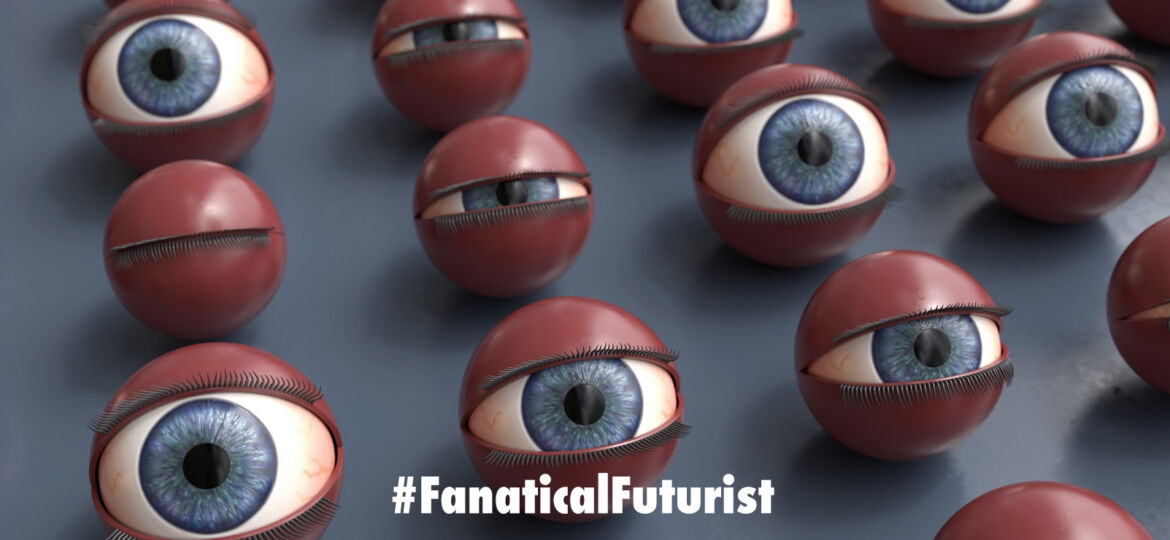
WHY THIS MATTERS IN BRIEF
Noone would take one of today’s robots for a human, so Disney’s development teams have been zeroing in on the fine details to close the gap.
 Love the Exponential Future? Join our XPotential Community, future proof yourself with courses from XPotential University, connect, watch a keynote, or browse my blog.
Love the Exponential Future? Join our XPotential Community, future proof yourself with courses from XPotential University, connect, watch a keynote, or browse my blog.
Today we can already see the technologies we need to make the ultimate shape shifting polymorphic Terminator robot, like the T-1000, complete with shape shifting alloys, liquid computers, and even Skynet.
Despite all these developments though we’re still left with today’s reality that it’s going to be some time before all these technologies mature and we’re all killed by hunter killer robots running amok.
So, in the interim we’re left with ATLAS, the world’s most advanced humanoid back flipping robot, Disney’s funny looking but cute chameleon robots, and Disney’s newest humanoid robot which, all things considered, might one day be the ancestor of tomorrow’s sci-fi androids like the ones in the 1980’s movies Aliens.
Even the most humanoid robots, like Sophia the robot, don’t look like humans and they’re bound to give you a weird feeling that lets you know you’re not facing a real human regardless of how real they might seem.
Fixing this problem isn’t an easy one either because it makes us ask fundamental questions about what makes us seem human. In this case though the team at Disney thinks that subtle head motions and eye movements will do the trick, and if you can get past the fact that the new robot looks like a skinned human you’ll see that it’s actually a huge step forward.
Freaked out yet?
Engineers at Disney’s Research division, Walt Disney Imagineering, and robotics researchers from the University of Illinois, Urbana-Champaign, and the California Institute of Technology are the ones behind it.
The robot has a way to go before it can star in a Westworld episode since it only has a static torso and a head that resembles a skinned human due to its lack of muscle and skin, or in this case, silicone above it, but nevertheless it knows when a person is trying to engage with it and turns to face them.
As you might know, many robots can do that, but what’s special about this one is the fact that it has smaller motions that make it look more “human.” For example, it knows to shift its gaze when it hears a noise in the distance and goes back to looking at the person’s face.
Moreover, it has those head movements that breathing causes, simple blinking motions, and quick darting of the eyes when it is looking at the depths of your eyes covered, too. You can watch the video of the robot above, but try not to be intimidated by its unwavering gaze.
It makes one wonder how scary it would like if it had skin over its humanoid animatronic bust – a human skin over metal endoskeleton like this one that Oxford University created a couple of years back …
You can read more about the robot here in the paper titled “Realistic and Interactive Robot Gaze.”
Source: Daily Mail
















